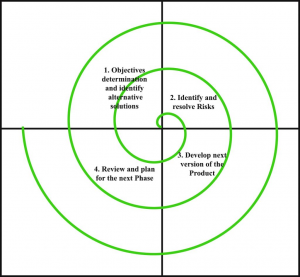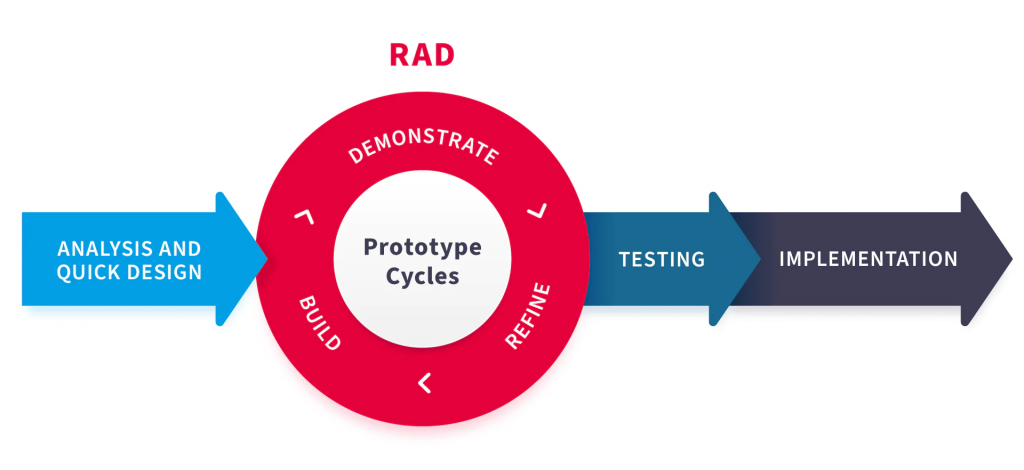The software development model refers to the way of creating good software that meets the needs of the stakeholders. The process model means that activities, artifacts and outputs must be performed at the end of each stage. Organizations can choose different software development models based on their needs, project size, and team size. This article provides an overview of the different software development methods available.
Waterfall Model:

The waterfall model is a traditional software development process model that follows a linear sequential approach. The development process consists of five phases: requirements, design, implementation, testing, and maintenance. Each step must be completed to proceed to the next step, and the output of each step becomes the input of the next step.
Agile Model:

Agile is an iterative, incremental software development process model that emphasizes collaboration, flexibility, and customer satisfaction. It is a lightweight model focused on delivering working software in short iterations (typically two to four weeks). The development process consists of four phases: planning, execution, monitoring and control. Agile methods such as Scrum, Kanban and Extreme Programming are widely used in the software industry.
The Spiral Model:

The Spiral Model is a risk based software development process model that emphasizes risk analysis and mitigation throughout the development process. The development process includes four phases: planning, risk analysis, engineering and evaluation. The spiral model is suitable for large, complex software development projects where risks need to be identified and managed.
V-Model:

V-Model is a software development process model that emphasizes verification and validation of software throughout the development process.
The V-model is a variation of the waterfall model where testing is built into each step of the development process. The development process consists of two parts: the left side of V represents the development phase and the right side represents the corresponding testing phase.
Rapid Application Development (RAD) Model:

The RAD model is a software development process model that emphasizes rapid prototyping and iterative development. The RAD model is suitable for small to medium projects with short deadlines. The development process consists of four phases: Requirements Planning, User Design, Build, and Customization.
Incremental model:

The incremental model is a software development process model that emphasizes the incremental delivery of working software. The development process consists of several cascading mini-cycles, where each cycle includes the requirements, design, implementation, and testing phases. The incremental model is suitable for projects where the requirements are not well defined or may change during development.
Finally, the software development process model provides a structured approach to developing high-quality software that meets stakeholder needs and requirements. Several software development process models are available, including waterfall model, agile model, spiral model, V-model, RAD model, and incremental model.
Organizations can choose the software development process model that best suits their needs, project size, and team size. Each software development process model has its pros and cons, and the appropriate model should be selected based on the project requirements.
